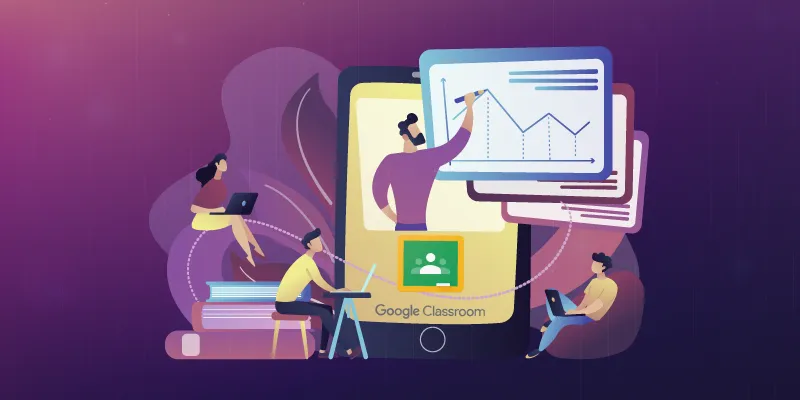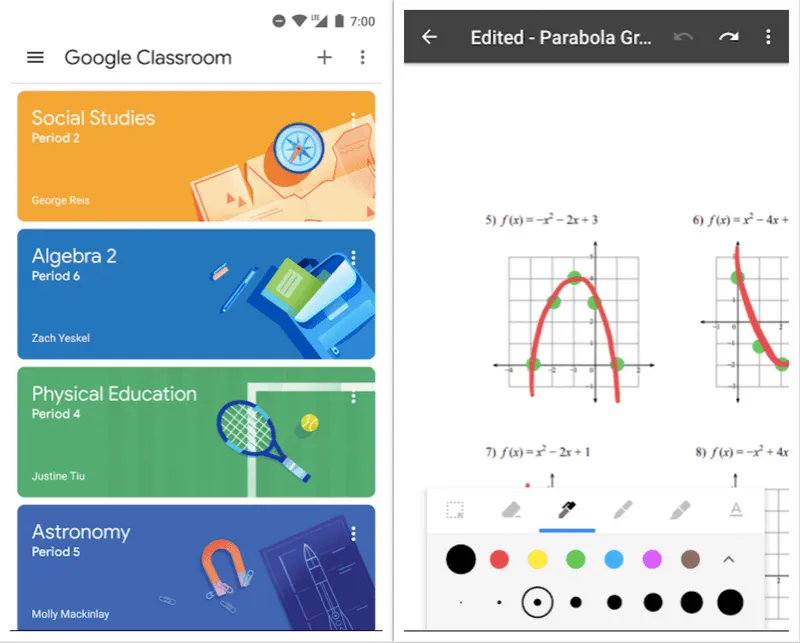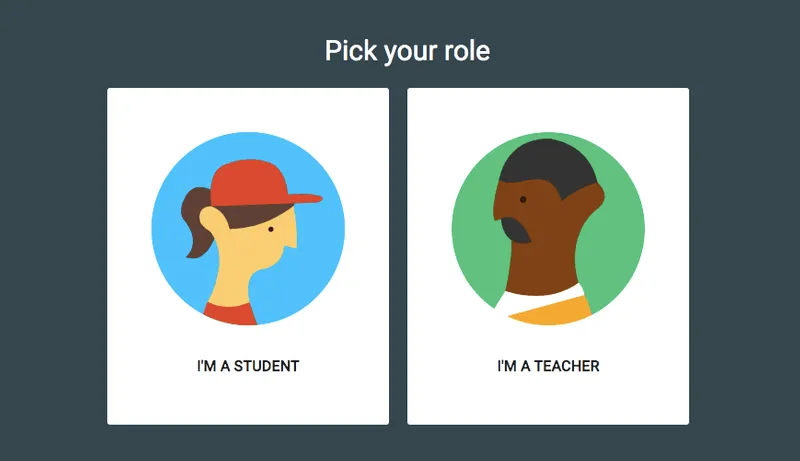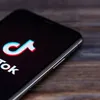[App Fridays] Education app Google Classroom zooms ahead of BYJU's, Vedantu as coronavirus shuts schools
With the coronavirus pandemic forcing schools to shut, Google Classroom became India’s #1 education app going past BYJU's, Vedantu, and others.
Virtual classrooms have become the new norm in a pandemic-inflicted world.
As the human-to-human transmission of the coronavirus compels nations to lock down and schools to close, students and teachers are hopping onto virtual platforms to not let the pandemic disrupt education.
In fact, both academic and vocational training have made the shift online. Many are using Zoom, which has become the default video collaboration tool since the COVID-19 outbreak.
But a host of educators and schools are also turning to Google Classroom, which was a dark horse in the Google stable until now.

Image: YS Design
In the last one month, Google Classroom downloads zoomed past 50 million, and the app grabbed climbed to the top of the ‘education’ category on Android and iOS. Prior to that, it hadn’t featured even in the top 100 educational apps, according to AppBrain.
In India, Google Classroom went past , , and others to become the #1 education app on Play Store. Last month, Delhi University announced that it was moving all its courses and programmes on to Classroom.
The app is also one of the most-downloaded in this category across the US, Canada, Finland, Indonesia, Italy, Mexico, and Poland, AppBrain added.
App features and who can use it
Google Classroom is available for schools, non-profit organisations, and anyone who has a personal Google account. The app lets teachers and instructors connect with students on the move and replicate a classroom-like environment online.
They can create classrooms, add classes based on subjects and topics, distribute and grade assignments, allocate tasks, conduct presentations, share study material, communicate with students, monitor progress, and leave feedback.

The app also allows reuse of classwork from other classes, and allows teachers to organise content through a drag and drop feature.
Google Classroom offers close to 80 illustrated themes and makes learning a visually engaging experience.
It also comes with an Archived Classes feature, which instructors can use to archive courses at the end of a term or year. When a course is archived, it is removed from the homepage, but can still be viewed in the archived section.

Students simply have to log in with their Google account to join an existing class.
Google Classroom also encourages parent participation, which may not have been possible in offline teaching.
Teachers can invite parents by sharing a link code, and send them automated summaries of student work, class announcements, etc.

For institutions, Google Classroom comes bundled with G Suite for Education, and requires no additional payment. Educators have to use their organisation’s G Suite ids to join.
For individuals, the app is free, which explains its quick rise. It also comes without ads, which separates it from many learning platforms.
What makes Google Classroom succeed
Google Classroom has benefited almost organically because students and teachers were already invested in the Google ecosystem.
They were sharing and annotating on Docs and Sheets, projecting and presenting on Slides, posting surveys and questionnaires on Forms, sharing and uploading study material on Drive, scheduling on Calendar, and communicating through Hangouts and Meet.
But, post the coronavirus crisis, Google Classroom is no longer just complementing actual classrooms. It has taken centre-stage, driving student-teacher interactions.
The simple, paperless assignment workflow enables teachers to streamline repetitive tasks, and boosts collaboration. The learning process becomes engaging as Google Classroom lets teachers include more multimedia content in the course material.

Educators can also generate 'originality reports' by scanning for matching text on the web — right in the app’s interface. This lets them curb plagiarism and help students create more authentic work.
Google also claims that Classroom is extremely secure and it “never uses any content or student data for advertising purposes”. While that may be true, the app has not entirely been devoid of security concerns. In the US, Classroom has been accused of collecting facial scans of students who use Google Chromebooks.
Google has, of course, denied that and vouched for the safety and privacy of its product. If you're using Classroom on mobile, you're likely to be more secure.
As the coronavirus crisis leads to fundamental shifts in the education sector worldwide, platforms like Google Classroom and many others can only stand to gain.
(Edited by Saheli Sen Gupta)


![[App Fridays] Education app Google Classroom zooms ahead of BYJU's, Vedantu as coronavirus shuts schools](https://images.yourstory.com/cs/2/dc9aa1302d6c11e9aa979329348d4c3e/AppFridayGoogleclassroom-011-1586353802574.png?mode=crop&crop=faces&ar=2%3A1&format=auto&w=1920&q=75)
![[App Fridays] These apps will keep you meaningfully engaged during lockdowns and self-isolation](https://images.yourstory.com/cs/2/dc9aa1302d6c11e9aa979329348d4c3e/Appfriday-01-1585142024699.png?fm=png&auto=format&h=100&w=100&crop=entropy&fit=crop)






